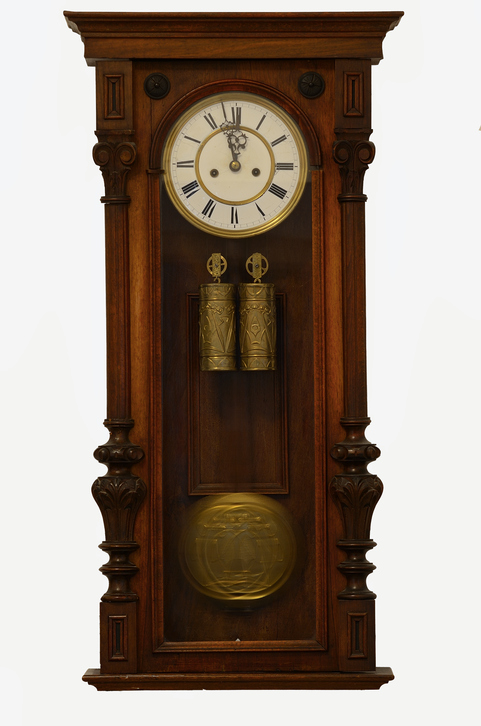On November 15, 2017, the Ninth Circuit Court of Appeals issued an opinion of first impression in the Circuit regarding minimum wage determination under the Fair Labor Standards Act (FLSA). The panel affirmed a lower court’s decision in favor of Xerox in an action brought by customer service representatives who worked at call centers run by Xerox. The Ninth Circuit followed suit with the Second, Fourth, Eighth and D.C. Circuits, holding that the relevant unit of time for determining minimum wage compliance under the FLSA is the workweek as a whole instead of each individual hour within the workweek. See the opinion here.
Xerox had a complex payment plan where employees earned different rates depending on the task and time spent on that task. Tasks outside those Xerox features in the payment plan had no specific designated rate. Hours were tallied at the end of the workweek under both categories and if the resulting hourly wage equaled or exceeded minimum wage, no additional payment was given. If the ratio falls below minimum wage, subsidy pay is given to employees to bump the average hourly wage up to minimum wage. The subsidy would ensure the appropriate hourly minimum wage for each workweek. The plaintiffs-appellants in the matter argued that the FLSA standard for measuring compliance is on an hour- by-hour basis and does not allow averaging over a longer period such as a workweek.
The Court relied on the history of administrative and judicial decisions that used the per workweek approach since the passage of the FLSA in 1938, even though the statutory text and context do not conclusively answer whether this was the intended approach under the statute. The panel believed the issue was one of pure statutory interpretation, although admitting little could be gleaned from the actual statutory text of 29 U.S.C. § 206(a)(1)(C) . The statute sets the minimum wage that must be paid each hour but the Court believed it was left open to an interpretation allowing for averaging over a longer period of time, like a day or week. The Court felt the provisions of the statute could cut both ways bearing both the per-hour and the per-workweek meaning. The Court looked to the purpose of the statute but felt it was not persuasive in the determination. After acknowledging that the traditional tools of statutory construction could not conclusively resolve the issue before the Court, it turned to other considerations. The Department of Labor, which is charged with administering the FLSA, established the workweek as the measuring stick for compliance about a year and a half after the statute was passed in 1938. The Court also looked at the four other circuits who have embraced the per workweek construction of the FLSA and found no reason to depart from the sound reasoning that the workweek standard represents a reasonable reading of the statute.
This decision is a favorable one for national businesses that operate in various states. It affords consistency and uniformity regarding the standard to determine minimum wage under the FLSA.




